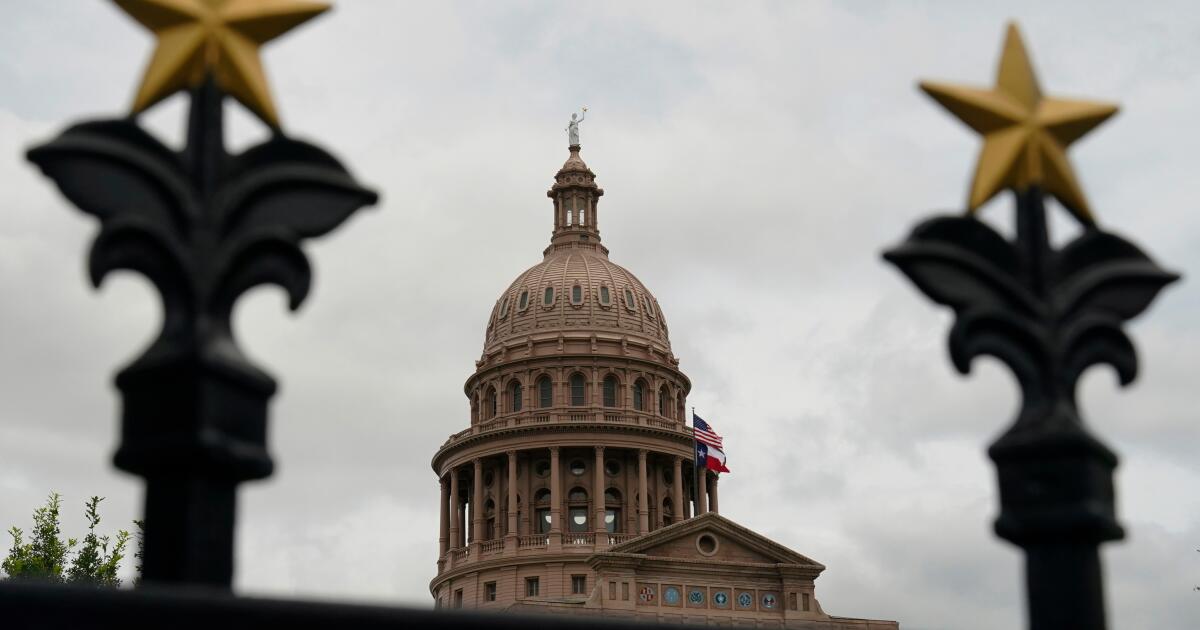Supreme Court temporarily blocks ruling that thwarted Texas’ redistricting plan
WASHINGTON — The U.S. Supreme Court on Friday temporarily blocked a lower court ruling that found Texas’ 2026 congressional redistricting plan likely discriminates on the basis of race.
The order signed by Justice Samuel Alito will remain in place at least for the next few days while the court considers whether to allow the new map favorable to Republicans to be used in the midterm elections.
The court’s conservative majority has blocked similar lower court rulings because they have come too close to elections.
The order came about an hour after the state called on the high court to intervene to avoid confusion as congressional primary elections approach in March. The justices have blocked past lower-court rulings in congressional redistricting cases, most recently in Alabama and Louisiana, that came several months before elections.
The order was signed by Alito because he is the justice who handles emergency appeals from Texas.
Texas redrew its congressional map in the summer as part of Trump’s efforts to preserve a slim Republican majority in the House in next year’s elections, touching off a nationwide redistricting battle.
The new redistricting map was engineered to give Republicans five additional House seats, but a panel of federal judges in El Paso ruled 2-1 Tuesday that the civil rights groups that challenged the map on behalf of Black and Hispanic voters were likely to win their case.
If the ruling holds for now, Texas could be forced to hold elections next year using the map drawn by the GOP-controlled Legislature in 2021 based on the 2020 census.
Texas was the first state to meet Trump’s demands in what has become an expanding national battle over redistricting. Republicans drew the state’s new map to give the GOP five additional seats, and Missouri and North Carolina followed with new maps adding an additional Republican seat each. To counter those moves, California voters approved a ballot initiative to give Democrats an additional five seats.
The redrawn maps are facing court challenges in California, Missouri and North Carolina.
The Supreme Court is separately considering a case from Louisiana that could further limit race-based districts under Section 2 of the Voting Rights Act. It’s not entirely clear how the current round of redistricting would be affected by the outcome in the Louisiana case.
Sherman writes for the Associated Press.
